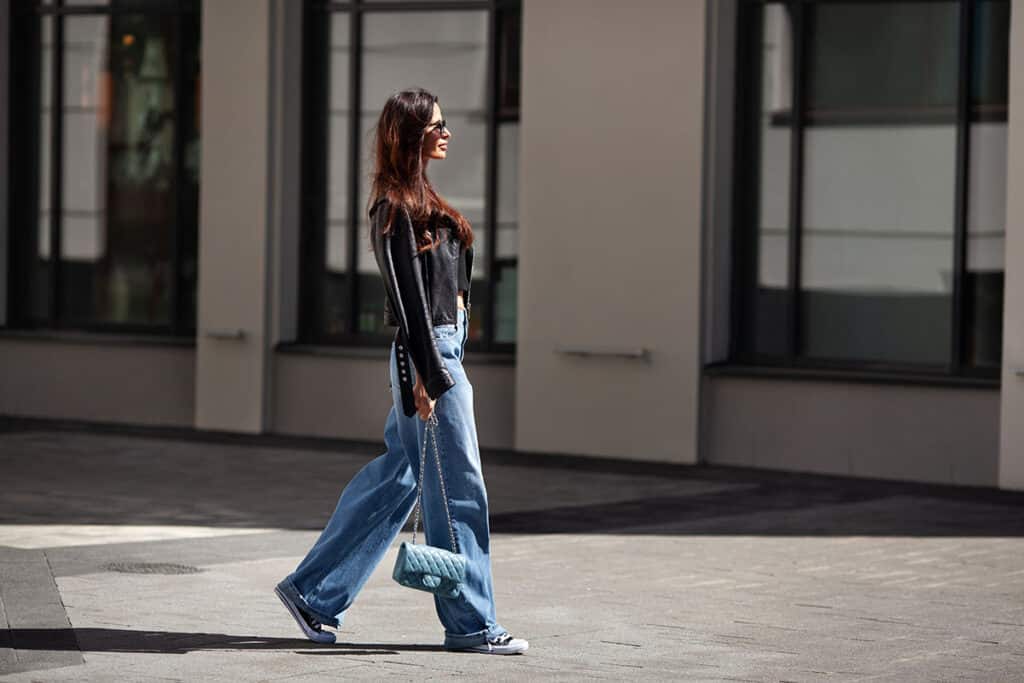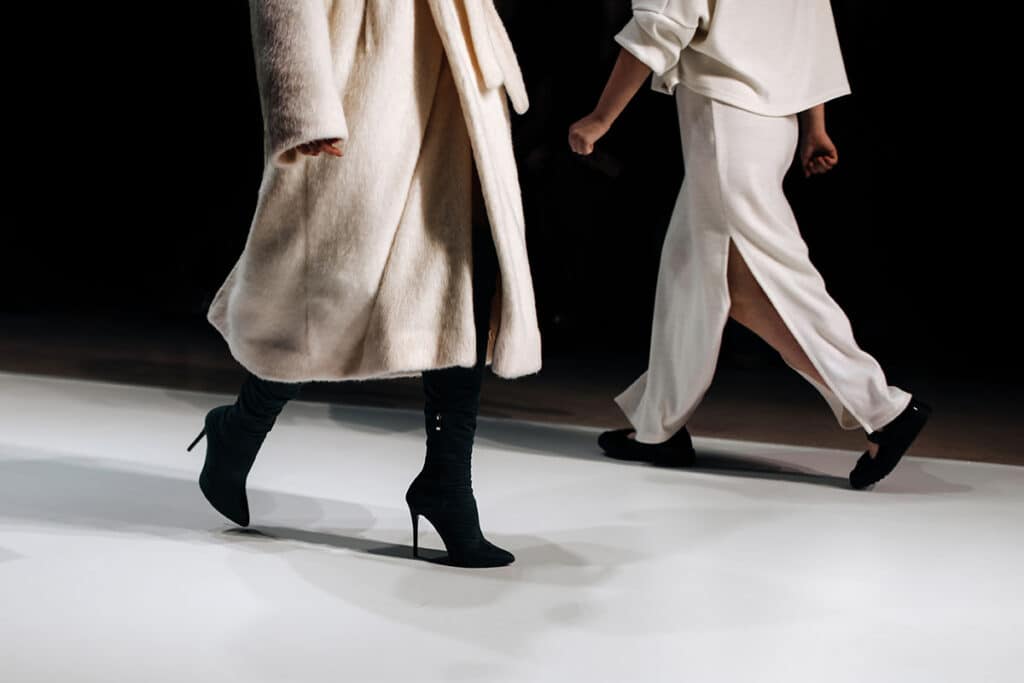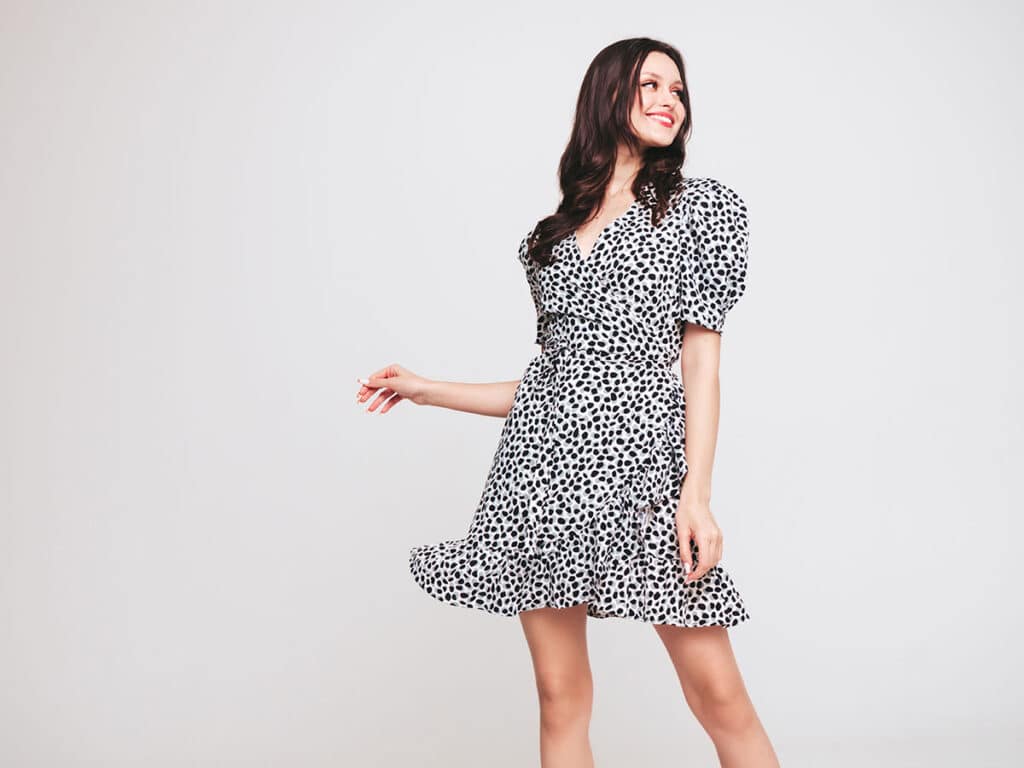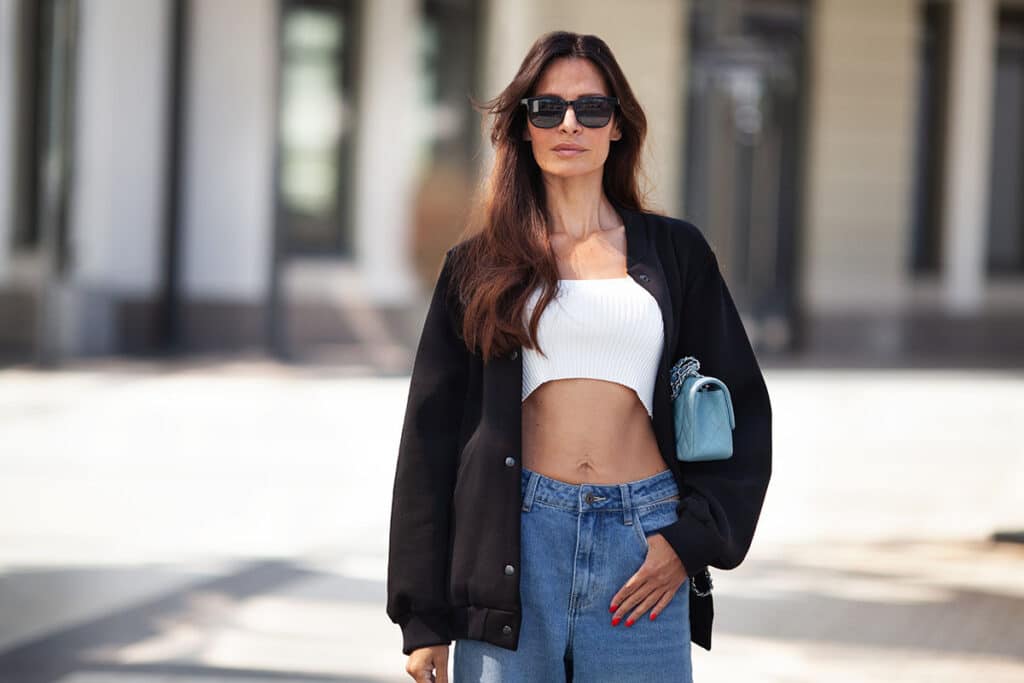How Economic Changes Are Affecting the Modelling Industry in the UK
The modelling industry in the UK has always been a vibrant sector, shaped by cultural trends, consumer behaviour, and, notably, economic conditions. From the glamorous runways of London Fashion Week to the glossy pages of high-end magazines, the modelling world actually reflects broader economic realities that can significantly impact both established professionals and aspiring models.
As the UK adapts to an evolving economic environment, including the repercussions of Brexit, the pandemic, and current global events, these changes have potentially profound implications for the modelling industry. This article explores how economic factors are influencing various aspects of the modelling profession, offering insights for those looking to break into the field or navigate their careers in this competitive sector.

1. The Impact of Economic Conditions on the Modelling Industry
The state of the economy directly affects consumer spending, which in turn influences the fashion and modelling sectors. When economic growth is strong, consumers are more likely to spend on luxury items, including fashion, cosmetics, and accessories, thereby increasing demand for models. Conversely, during economic downturns, brands often tighten their budgets, leading to fewer job opportunities and reduced fees for models.
Economic Growth and Consumer Spending
In times of economic prosperity, brands invest heavily in advertising campaigns and fashion shows, driving demand for models. For instance, during the economic boom in the mid-2010s, the UK saw a significant rise in fashion retail, resulting in increased casting calls and opportunities for models. Reports indicated that UK retail sales reached a peak, encouraging brands to expand their advertising efforts and hire more models to promote their products.
Economic Downturns and Budget Cuts
On the flip side, when economic indicators signal a downturn, brands often scale back their marketing budgets. For example, during the COVID-19 pandemic, many fashion companies faced severe financial constraints. A report from McKinsey & Company indicated that fashion sales in the UK plummeted by as much as 34% in 2020. Consequently, models experienced a significant decrease in work, with many casting calls being cancelled or postponed. The industry had to adapt rapidly, and models had to be more resourceful in finding opportunities.

2. The Effect of Brexit on the Modelling Industry
Brexit has introduced a range of economic uncertainties that have reverberated throughout the UK’s modelling industry. With the departure from the EU, there have been notable implications for talent mobility, casting processes, and even financial arrangements.
Talent Mobility Challenges
Before Brexit, many models from EU countries could easily work in the UK without the need for visas or permits. The freedom of movement allowed for a diverse mix of talent on UK runways and campaigns. However, the new regulations have complicated matters, making it harder for models from Europe to work in the UK without obtaining work visas.
This has led to a reduction in the diversity of models available for UK-based jobs, which is concerning for an industry that thrives on inclusivity. Brands may find it more challenging to cast models who represent the multicultural fabric of the UK, which could impact their marketing strategies and consumer reach.
Increased Costs and Administration
Brexit has also resulted in additional costs and administrative burdens for modelling agencies and brands. The need for work permits and visas can lead to increased expenses, which may deter some brands from casting international talent. For aspiring models, this could mean fewer opportunities to work with high-profile clients who may choose to limit their casting calls to domestic talent to avoid the complexities associated with international hires.

3. The Role of Technology in Navigating Economic Challenges
As the modelling industry faces economic uncertainties, technology plays a crucial role in helping models and agencies adapt. Digital tools have transformed casting processes, allowing for greater flexibility and efficiency in a challenging economic landscape.
Virtual Castings and Auditions
The COVID-19 pandemic prompted a significant shift towards virtual castings and auditions. For many aspiring models, this change has been a double-edged sword. On one hand, it has made casting calls more accessible; models no longer need to travel long distances, which saves time and money. On the other hand, the sheer volume of virtual submissions has increased competition, making it essential for models to present themselves in the best possible light.
Leveraging Social Media
Social media has become a vital tool for models to market themselves, connect with brands, and showcase their work. Platforms like Instagram and TikTok allow models to build their personal brands, engage with potential clients, and even book jobs directly. This shift has created opportunities for models to find work independently, especially during times of economic uncertainty when traditional avenues may be limited.
Online Portfolios and Digital Showreels
Models are increasingly using online portfolios and digital showreels to present their work to potential clients. This shift towards digital representation allows models to curate their best images and videos, making it easier for casting directors to assess their suitability for roles. Creating a polished online presence is essential for aspiring models in a competitive market, especially when many traditional casting processes have shifted online.

4. Changing Consumer Trends and the Demand for Diversity
Consumer trends significantly influence the modelling industry, and as society becomes more aware of social issues, the demand for diversity and representation in modelling has increased. Economic changes often drive these trends, prompting brands to adjust their strategies accordingly.
The Rise of Inclusivity in Fashion
In recent years, there has been a notable push for inclusivity within the fashion industry. This change is largely driven by consumer demand for representation and authenticity. Brands are recognising that consumers want to see diverse models that reflect their values and experiences.
For instance, campaigns like #SayNoToSizeZero and brands such as Savage X Fenty, which features a diverse range of body types and ethnicities, have reshaped expectations within the industry. In an era where consumers are more socially conscious, brands that embrace diversity in their casting choices tend to resonate better with audiences.
Economic Considerations for Brands
As the economy fluctuates, brands may need to reconsider their marketing strategies to meet consumer expectations. For instance, during economic downturns, consumers may become more selective about their purchases, favouring brands that align with their values. This shift can compel brands to invest in diverse modelling talent, as a way to connect with consumers and maintain market relevance.

5. Adapting to New Marketing Strategies
In light of economic changes and consumer trends, modelling agencies and brands are rethinking their marketing strategies. This adaptation requires flexibility and innovation to remain competitive.
Influencer Collaborations
Collaborating with influencers has become a common strategy in the modelling industry. Brands often partner with social media influencers who have significant followings to promote their products. These collaborations can be particularly effective in reaching younger demographics who engage with brands through online platforms.
For aspiring models, building relationships with influencers can open new doors. By collaborating on social media projects or campaigns, models can gain exposure and increase their chances of being discovered by brands.
Sustainable Fashion and Ethical Practices
The push for sustainability in fashion is reshaping the industry, and models are increasingly being cast based on their alignment with these values. Consumers are now more concerned about the environmental impact of fashion, prompting brands to seek models who embody sustainable practices.
For aspiring models, showcasing a commitment to sustainability can enhance their appeal to potential clients. This might include promoting ethical brands or advocating for eco-friendly fashion choices on social media.

6. Financial Literacy and Career Management
As economic changes continue to impact the modelling industry, it’s crucial for aspiring models to develop financial literacy and effective career management skills. Understanding the economics behind the industry can empower models to navigate their careers more successfully.
Negotiating Fees and Contracts
Models must be equipped to negotiate their fees and contracts effectively. With economic uncertainties, brands may attempt to lower rates, so it’s essential for models to know their worth and advocate for fair compensation.
Models should educate themselves on industry standards and seek guidance from experienced professionals or industry associations. Understanding the economics of the modelling industry can help models make informed decisions and secure better deals.
Managing Finances Wisely
Financial management is key for models, especially during periods of fluctuating work opportunities. Aspiring models should create budgets, save for lean periods, and invest in their professional development. Building a financial cushion can provide security in an unpredictable industry and allow models to take advantage of opportunities when they arise.

7. Future Outlook for the Modelling Industry
Looking ahead, the modelling industry in the UK will continue to evolve in response to economic changes and societal trends. As models and agencies adapt to these shifts, there are several key factors to consider.
Continued Emphasis on Diversity and Inclusivity
The demand for diverse representation in modelling shows no signs of waning. Brands that prioritise inclusivity will likely attract a loyal customer base, reinforcing the importance of diverse casting choices in the industry. For aspiring models, embracing their unique backgrounds and experiences can position them as valuable assets in a changing market.
Embracing Technology and Innovation
The integration of technology will remain crucial for navigating economic challenges in the modelling industry. Aspiring models must stay informed about emerging technologies and adapt their approaches accordingly. Whether it’s utilising virtual casting tools or engaging with audiences on social media, embracing innovation can enhance their chances of success.
Resilience in Uncertain Times
Economic fluctuations are an inevitable part of any industry. Models and agencies that demonstrate resilience and adaptability will thrive in uncertain times. Developing a diverse skill set, building a strong network, and maintaining a positive outlook can help models weather economic storms and seize opportunities when they arise.

Conclusion
The modelling industry in the UK is intricately linked to economic conditions, consumer behaviour, and societal trends. As aspiring models navigate this dynamic landscape, understanding the economic factors at play can empower them to make informed decisions about their careers.
By embracing technological advancements, advocating for diversity, and honing their financial literacy, models can position themselves for success in a competitive industry. While economic changes may present challenges, they also offer opportunities for those willing to adapt and evolve.